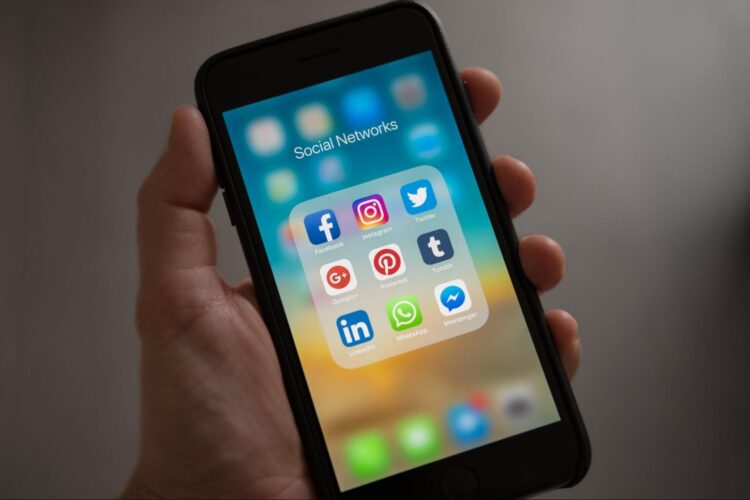SIM Failure iPhone
If you’ve ever experienced a SIM failure on your iPhone, you know how frustrating it can be. Suddenly losing connection to your cellular network and being unable to make calls or access data is definitely not ideal. But what causes this issue and how can you fix it quickly? In this article, I’ll delve into the common causes of SIM failure on iPhones and provide some quick fixes that can help resolve the problem.
One possible cause of SIM failure is a faulty or damaged SIM card. Over time, the metal contacts on the card may become dirty or worn out, leading to connectivity issues. Another potential culprit could be a loose or improperly inserted SIM card. If it’s not seated securely in its slot, it may lose contact with the device and result in a SIM failure.
Software glitches can also contribute to this problem. Sometimes, an outdated iOS version or corrupted system files can interfere with the proper functioning of your iPhone’s SIM card. These software-related issues may require troubleshooting steps such as updating your device’s software or resetting network settings.
In the following sections, we’ll explore these causes in more detail and provide step-by-step instructions for fixing them. So if you’re tired of dealing with a pesky SIM failure on your iPhone, keep reading to find out how you can get back up and running in no time!
What exactly does it mean when you encounter a SIM failure on your iPhone?
It’s a frustrating situation that many iPhone users have experienced at some point. When your device displays a message like “SIM Failure” or “No SIM Card Installed,” it means that there is an issue with the SIM card or its connection to your iPhone. In this section, we’ll delve into the details of what causes SIM failures on iPhones and explore some quick fixes to get you back up and running.
Firstly, one common cause of a SIM failure is simply a loose or improperly inserted SIM card. If the card is not securely placed in its slot, it can lead to connectivity issues and trigger the error message on your screen. So, before jumping to conclusions about more complex problems, make sure to check if the SIM card is properly seated in its designated tray.
Another possible reason for a SIM failure could be due to physical damage or wear and tear on the SIM card itself. Over time, the metal contacts on the card may become scratched or worn out, leading to poor contact with your iPhone’s internal components. This can result in intermittent signal loss or complete failure of the SIM card functionality.
Additionally, software glitches or conflicts within your iPhone’s operating system can also contribute to a SIM failure. Updates gone awry, incompatible apps, or corrupted settings can disrupt proper communication between your device and the SIM card. In such cases, troubleshooting steps like restarting your iPhone, updating iOS software if available, or resetting network settings might help resolve the issue.
It’s worth noting that while these are some common causes of SIM failures on iPhones, each situation may vary depending on individual circumstances. If you’ve tried these quick fixes without success or suspect other underlying issues such as carrier restrictions or hardware malfunctions, seeking assistance from Apple Support or contacting your mobile service provider could provide further guidance.

Common Causes of SIM Failure on iPhone
There are several common causes that can lead to SIM failure on an iPhone. Understanding these causes can help users troubleshoot and resolve the issue more effectively. Here are some of the most frequent culprits:
- Incorrect SIM card installation: One of the primary reasons for SIM failure is improper installation of the SIM card. Sometimes, users might accidentally insert the SIM card in the wrong orientation or not fully insert it into the SIM tray. Double-checking the correct placement and ensuring a secure connection can often resolve this issue.
- Damaged or worn-out SIM card: Over time, SIM cards can get damaged or worn out due to regular use or mishandling. Physical damage, such as scratches or bending, can impair its functionality and cause connectivity issues. If you suspect a faulty or damaged SIM card, contacting your service provider for a replacement is recommended.
- Network-related problems: Occasionally, network-related issues can contribute to SIM failure on iPhones. These problems could arise from temporary network outages, weak signals in certain areas, or carrier-specific technical difficulties. Restarting your device or toggling Airplane Mode on and off may help reestablish network connectivity.
- Software glitches: Like any electronic device, iPhones are susceptible to software glitches that can affect various functionalities, including the recognition of the SIM card. These glitches might occur after system updates, app installations, or other software-related changes. Updating your device’s software to the latest version available or performing a factory reset could potentially fix these issues.
- Hardware malfunctions: In some cases, hardware malfunctions within your iPhone may be responsible for SIM failures too. This could include problems with the SIM tray itself or other internal components related to cellular connectivity. If none of the above solutions work and you suspect a hardware issue, reaching out to Apple support or visiting an authorized service center is advisable.







